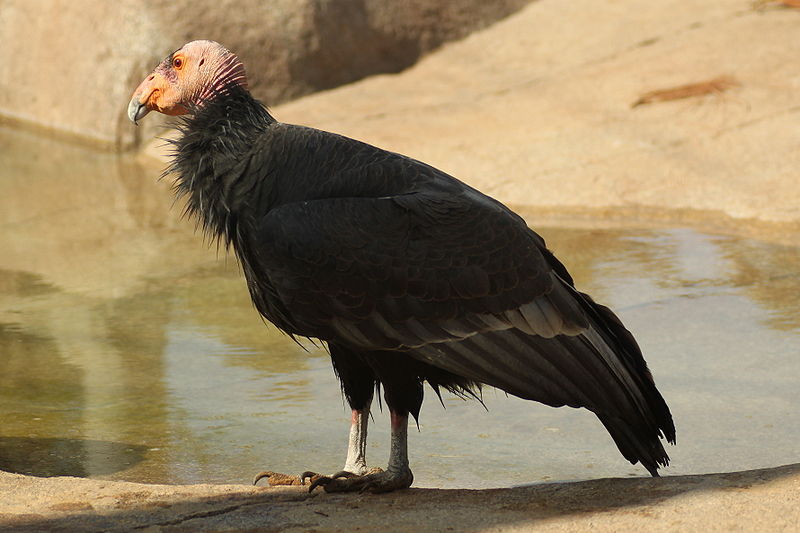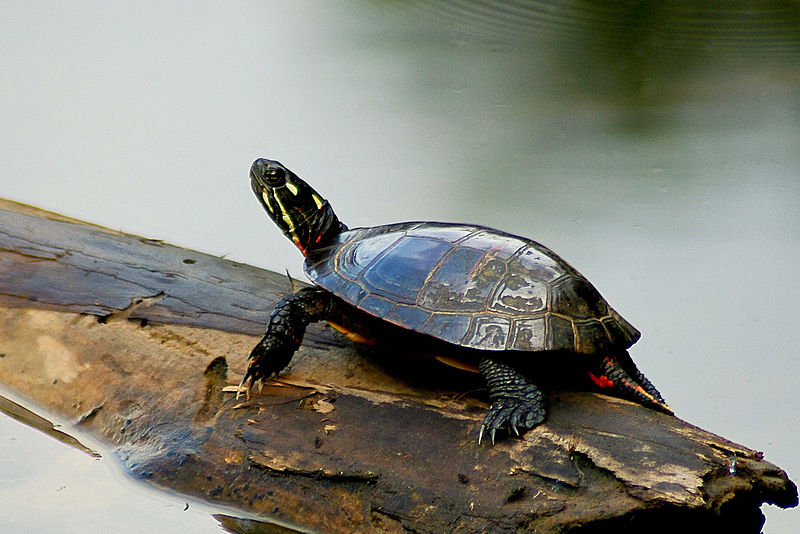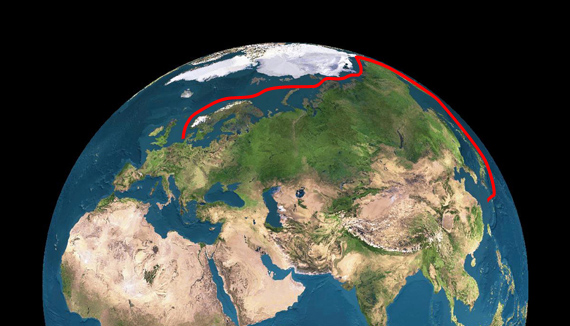
Every now and again, I come across a great writer with a passion for wildlife and a desire to educate. Well, Maria Kruk, the author of www.species.com definitely falls into this category. I highly recommend checking out her site but be warned, you may end up spending hours reading through her amazing posts. To give you a taste of what you will get over at Species.com, Maria was kind enough to provide us with an amazing post about the Andean and California Condor. Enjoy this incredible guest post and make sure you check out Species.com.
Andean and California Condor
Both condor species, Andean and Californian, belong to the family of New World vultures, which is usually mistaken for King Vulture. The only thing that unites these birds of prey is raptorial and flesh-eating nature. New World condors, unlike their European relatives, are much adored and honored by Americans. It is also associated with indigenous people, who resided on South-American lands and south-west of North America.
Flying
Both Californian and Andean condors are characterized by large sizes. In particular, they are 1 meter long with 3 meters wingspread. In addition, Andean condoris a wingspread record-holder. Andean condors are considered one of the biggest birds in the world, which are able to fly. Especially, it is appropriate to note their weight of 30 kg, which crucially obstructs free flying. That is why Andean condors prefer to live in windy areas, where they can easily follow wind flows without big efforts. It covers the Andes mountain range and the Cordillera and extends the entire length of the South-American continent. The area of the California condor, on the contrary, is very narrow and covers a small area in the mountains of California. Both types of birds prefer to live in the highlands at an altitude of 5000 meters, where they can be found among cliffs and alpine meadows. Because of their weight condors are eager to sit on a steep rock ledges, or trees. In order to rise up into the air they take a run on a flat land. Huge body weight also obstructs active flight with frequent flapping of wings, and they plan on outstretched wings. These birds can swirl in the air for hours and do not flap at all.

Meal
As it was mentioned, condors are birds of prey. Their meal is usually comprised of dead fish thrown on the shores of the Pacific Ocean. Meat of marine animals also supplements their daily ration, seals, whales, dolphins particularly. While they are flying over lands, condors additionally look for remains of guanacos, deer and livestock. In contrast to other birds of prey, condors usually behave peacefully and can even share the prey after spending some time watching others at a distance. Eggs of cormorants and petrels are the lightest dishes in condors’ menu.
Reproduction
The other peculiar subject of condors’ living is devotedness to only one partner. They form permanent pairs for good. Mating behavior is accompanied by distinctive games, when the birds are fighting with their necks. During 54-58 days both parents cover eggs; nests are placed in the hard-to-get location, in highlands. Later, during a year both parents raise half-baked youth, whose full development lasts for a long period – 5-6 years. Condors also might be characterized by low fertility, which is caused by absence of natural enemies. Condors are the landlords of the mountains, so to say. It is also associated with their expectancy age, which is one of the biggest among bird species – 50-60 years, in captivity – up to 80 years.





